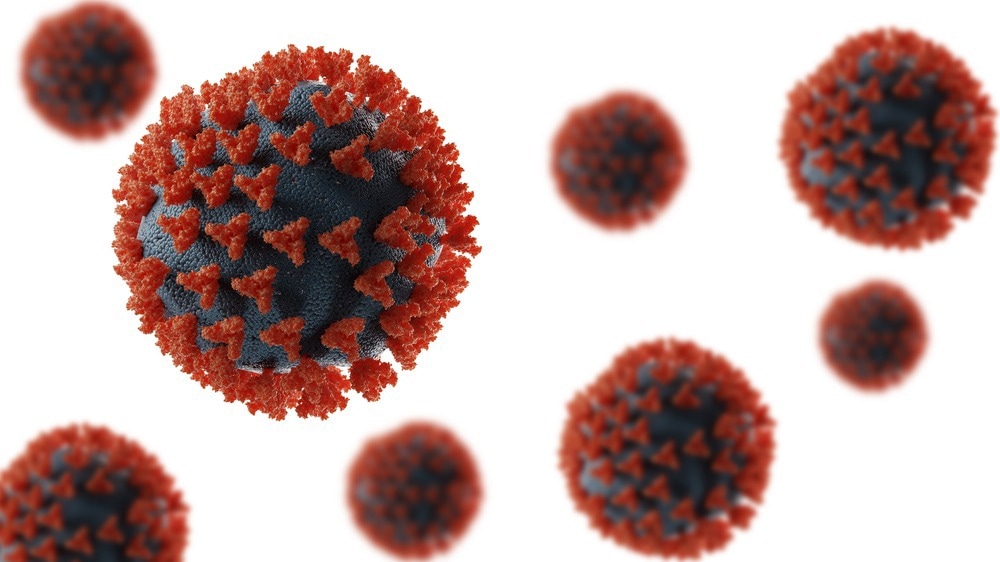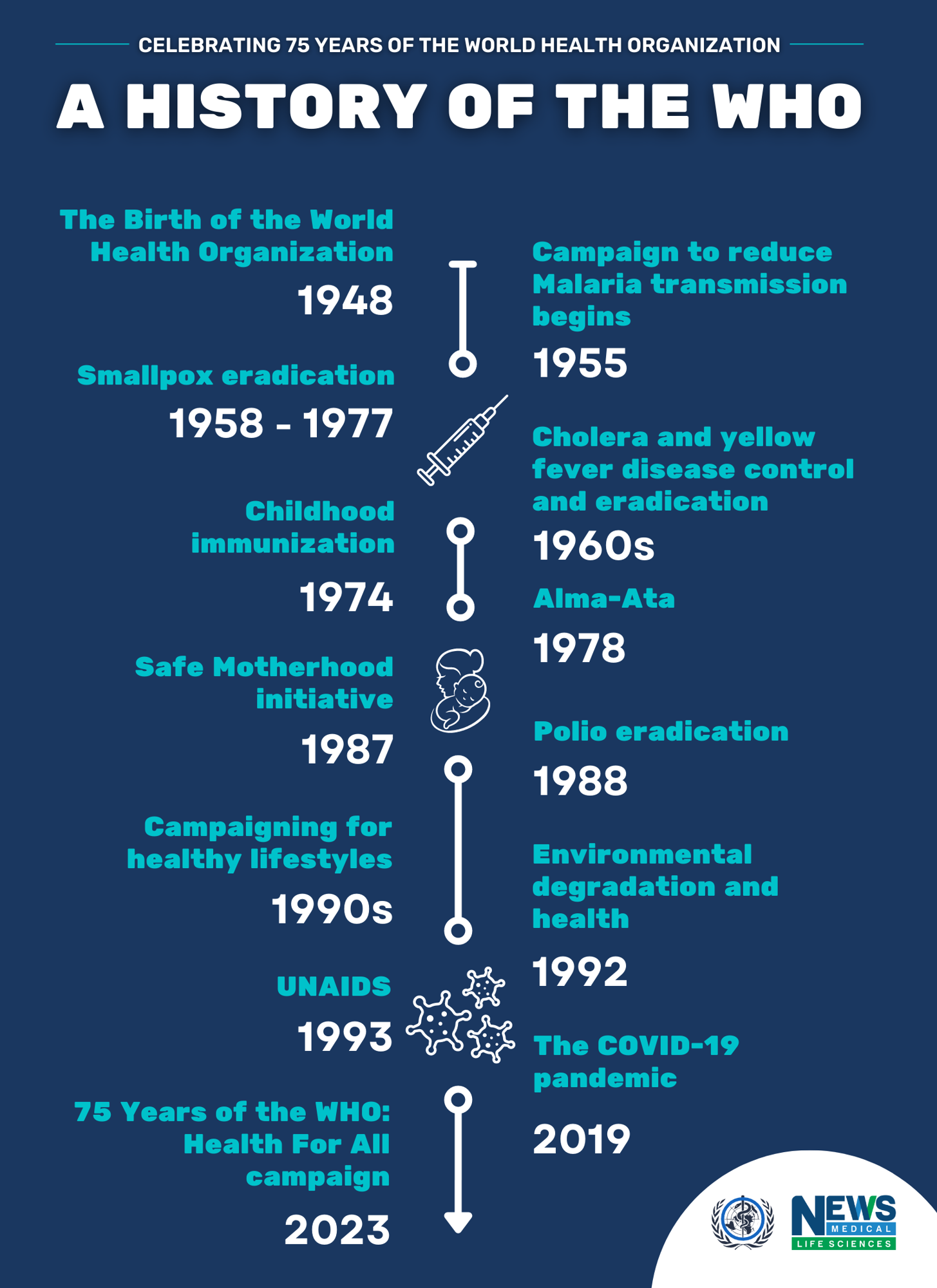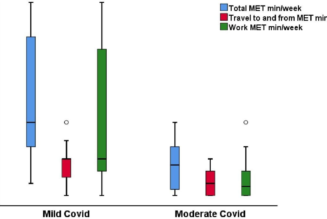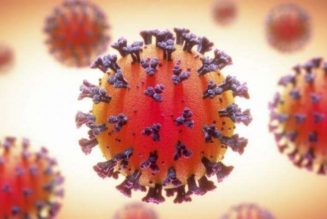Introduction
1948: the birth of the World Health Organization
1955: campaign to reduce malaria transmission begins
1958-1977: smallpox eradication
1960s: cholera and yellow fever disease control and eradication
1974: childhood immunization
1978: Alma-Ata
1987: safe Motherhood Initiative
1988: polio eradication
1990s: campaigning for healthy lifestyles
1992: environmental degradation and health
1993: UNAIDS
2019: the COVID-19 pandemic
Health for all
References and Further Reading
Public health has changed dramatically in the 75 years since the launch of the World Health Organization (WHO). In 1948, 55 member states came together to promote health, keep the world safe and serve the vulnerable. It was the vision of the WHO that everyone across the globe should be able to access the highest level of health and wellbeing. It is something that the organization continues to work on today. To celebrate 75 years of this journey to improving public health, we explore the organization’s history marked by its greatest achievements.
1948: the birth of the World Health Organization
The first half of the 20th century saw two world wars, including WWII, the most destructive global conflict in history. Communities worldwide suffered a devastating loss of lives, food scarcity, destroyed public health services, and an avalanche of displaced persons.
There were legitimate concerns that epidemic outbreaks would rapidly spread throughout the population, such as those of 1830 and 1847, which saw cholera claim the lives of tens of thousands of Europeans. In response, a new international organization was launched to prevent and control disease so that everyone could attain health and wellbeing at the highest level.
1955: campaign to reduce malaria transmission begins
Perhaps the first significant achievement of the WHO began in 1955 when it began its campaign to eradicate malaria. By the 1970s, the disease had mostly been eradicated from developed countries, with 80% of cases limited to a region of 15 sub-Saharan countries and India. The organization continues its work to reduce the mortality rate and eradicate disease from the developing world.
1958-1977: smallpox eradication
The eradication of smallpox is often considered the biggest achievement of the WHO. In 1958 the WHO-led smallpox eradication program began, and by 1977 the world had its last confirmed case of the disease. In 1980, routine smallpox vaccinations came to an end.
1960s: cholera and yellow fever disease control and eradication
Throughout the 1960s, the WHO promoted several campaigns against various infectious diseases, including yaws, endemic syphilis, leprosy, and trachoma. During this time, it also helped to control the cholera pandemic in Asia and the Western Pacific, as well as a yellow fever epidemic in Africa.
1974: childhood immunization
The WHO began its Expanded Programme on Immunization in 1974, which aimed to vaccinate children from diphtheria, pertussis, tetanus, measles, poliomyelitis, and tuberculosis. The work of this program continues under the guidance of the Global Alliance for Vaccines and Immunisation. It has undoubtedly saved many children from sickness and even death.

Image Credit: Africa Studio/Shutterstock.com
1978: Alma-Ata
The WHO adopted the Declaration of Alma-Ata in 1978, which called on governments to establish high-quality primary health care within their national health systems. In 1981, the Health for All by 2000 strategy was adopted, focusing on making primary healthcare the “central function and main focus of the country‘s health system”.
1987: safe Motherhood Initiative
The Safe Motherhood Initiative was launched by the WHO in 1987 with the aim of cutting maternal morbidity and mortality in hand by 2000. While the programmer fell short of its goal, the WHO continues to make maternal safety a key focus of its efforts. The global maternal mortality ratio (MMR) has declined in recent decades, falling 34% from 2000 to 2020. Work in this area highlights the continued need to improve gender disparity in healthcare.
1988: polio eradication
In 1988, the WHO set an ambitious plan to eradicate polio by 2000, while wild poliovirus type 2 was eradicated in 1999; it took until 2020 to eradicate wild poliovirus type 3. To date, wild poliovirus type 1 remains in Pakistan and Afghanistan.
1990s: campaigning for healthy lifestyles
The decade of the 1990s saw an increasing awareness of the link between lifestyle and disease. The WHO launched numerous programs to promote healthy living and reduce tobacco smoking to prevent cardiovascular disease, cancer, and diabetes.
1992: environmental degradation and health
The environment has a huge impact on human health. Over the last few decades, an increasing body of evidence has emerged to support this. Air pollution, for example, has been associated with lung cancer, cardiovascular disease, and even mental health illness. In 1992, the WHO launched initiatives to address the issue of the effect of environmental degradation on health.
1993: UNAIDS
The HIV/AIDS epidemic began in 1981. In 1993, the WHO replaced its Global Programme on AIDS with its joint UN program on HIV/AIDS. Recent data has shown that many countries worldwide have met or exceeded the 2020 targets set in 2016 by the United Nations General Assembly. Around the world, there has been a drastic increase in the number of people living with HIV receiving treatment, which is thought to have prevented over 16 million deaths since 2001.

Image Credit: VytautasN/Shutterstock.com
2019: the COVID-19 pandemic
Over the course of the COVID-19 pandemic, the WHO provided critical supplies across the globe, including 1.5. million diagnostic kits, and millions of masks, gowns, and protective equipment that were sent to 133 countries.
Unfortunately, the COVID-19 pandemic highlighted the weaknesses in public health infrastructures across the globe. There is much more work to be done to achieve the goal of healthcare for all, the aim of the WHO. However, looking back at its history, it is inspiring to see how much positive change has been evoked as a result of the work of the WHO over the past 75 years.
Health for all
Looking forward, the WHO seeks to achieve “Health For All” so that all people on the planet will be able to enjoy good health in a “peaceful, prosperous, and sustainable world”. The 7 April 2023 is World Health Day, and it is the perfect time to reflect on what the WHO has done to move us towards Health for All over the last 75 years. It is also a time to look forward to seeing how we can continue to help people achieve the basic human right to access good health services.
Sources:
- Forty years on and new UNAIDS report gives evidence that we can end AIDS [online]. UNAIDS. Available at: www.unaids.org/…/20210603_global-commitments-local-action (Accessed March 2023)
- Greenwood, B. (2014) “The contribution of vaccination to Global Health: Past, present and future,” Philosophical Transactions of the Royal Society B: Biological Sciences, 369(1645), p. 20130433. Available at: https://doi.org/10.1098/rstb.2013.0433.
- History of WHO [online]. Word Health Organization. Available at: https://www.who.int/about/history (Accessed March 2023)
- Key Messages [online]. World Health Organization Available at: www.who.int/campaigns/75-years-of-improving-public-health/key-messages (Accessed March 2023)
- McCarthy, M. (2002) “A brief history of the World Health Organization,” The Lancet, 360(9340), pp. 1111–1112. Available at: https://doi.org/10.1016/s0140-6736(02)11244-x.










